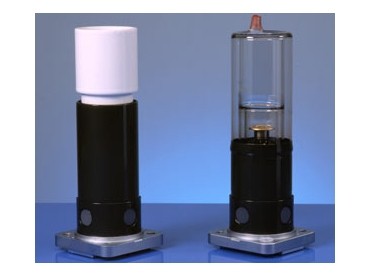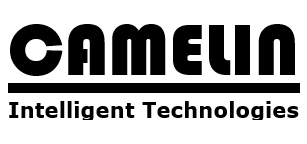
Wavelength and beam focus being well adapted to the intended application is one of the preconditions for successful results.
A selection of XRD tubes with all well established and also some special anode materials is provided.
Features and Benefits
- 4-window tubes (2 windows for line-focus, 2 windows for point focus)
- Glass and metal ceramic tubes available for all standard anode materials
- Special cooling heads for change from line to point-focus setup in the same tube window
- Focus types: micro focus, long fine focus, fine focus, normal focus, broad focus
- Common anode materials are Cu, Cr, Fe, Co, Mo, Ag and W (further special anode materials are available upon request)
- For standard powder analysis XRD tubes with Cu-radiation normally are a good choice with respect to intensity, penetration depth and resolution
- In combination with ferrogenious samples Cu radiation causes a high fluorescence background, so either a secondary monochromator or Co-, Cr- or Fe- radiation is recommended instead
- Residual stress measurements are preferentially done at highest possible angles, which is supported by use of long wavelengths like Cr- radiation
- Short wavelengths, like Mo-radiation help to achieve higher penetration depths (in heavy absorbing materials)
- For investigation of Laue patterns the best choice is white radiation of a W-tube
– See more at: www.gemeasurement.com
